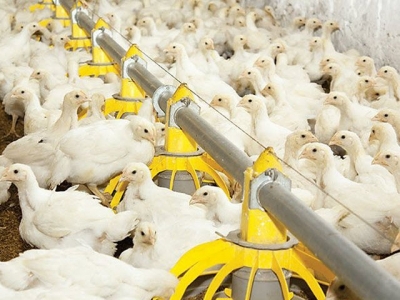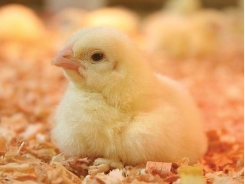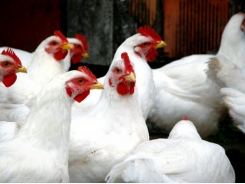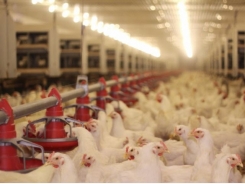Poultry performance improves over past decades

Advances in modern layer performance mean gains of almost three extra eggs per bird annually.
Bird performance in the commercial poultry industry has shown a staggering improvement over recent decades. Modern broilers weigh about 2.5 kg at 39 days, with a live-weight feed conversion ratio of 1.6 kg of feed per kilogram of body weight gain. Laying hens in modern commercial flocks typically produce about 330 eggs per year with a FCR of 2 kg of feed per kilogram of eggs produced.
Dramatic progress in reducing the time taken by broiler chickens to reach market weight has been evident throughout the past 50 to 60 years (see chart 1). Since the early 1960s, broiler growth rates have doubled and their FCRs have halved.
The change in U.S. broiler performance from 1925 to the present day has been charted by the U.S. National Chicken Council as in table 1.
Advances in egg production
The performance of modern layers has advanced at a rate of almost three extra eggs per bird, per year. Genetics specialists believe that white-egg layers could ultimately produce 520 eggs as a hen-housed average and that the horizon for brown-egg strains could be 480 eggs.
Currently, hen performance parameters at egg production sites have been defined by American consultants as including an average flock production rate of 80%, equivalent to 350 eggs per hen housed. The parameters also show 90% as the livability rate during the laying period, from 16 weeks to 72 weeks.
Such calculations give an insight into the scope for further improvement in egg production at the world level, since the current global average has been calculated at only 185 eggs produced per laying hen.
Comparing feed conversion rates
With the recent rise in feed costs internationally and forecasts that costs will remain high, the bird’s ability to convert nutrients is a particularly important aspect of overall performance efficiency. A broiler marketed at 2.5 kg may be credited with a live-weight FCR of 1.9:1, which in other words means it ate 4.75 kg of feed in reaching that end weight. But assuming a weight yield of 75% at slaughter and that 10% of carcase weight is represented by bones, together with a typical cooking loss of 20%, the 2.5 kg live would be 1.35 kg of edible meat. In that case, its conversion of feed into edible meat would be 3.52:1.
By comparison, a laying hen may eat 11 kg of feed in producing 5 kg of eggs. This would indicate her FCR as being 2.2:1. Assuming the edible contents of a 60-gram egg weighs 55 grams, the feed conversion for this production becomes 2.4:1. The extent of cooking losses may be 2%, so the FCR for the edible content would become 2.45:1.
According to “FAO Food Outlook 2010,” citing Pym et al., 2008, worldwide gains already made in the production of poultry meat and eggs are due largely to genetic selection in the nucleus of breeding flocks and a rapid improvement transfer to commercial crossbred progeny. Bird health, robustness, and product quality and safety have improved in-line with rises in productivity, as a result of the application of breeding, feeding, disease control, housing and processing technologies. Disease challenges can greatly reduce efficiency, but improvements in vaccination, nutrition and biosecurity have succeeded in limiting this impact.
Broiler snapshot
In a survey of results for 30 million broilers in Brazil grown to an average weight of 2.77 kg, the birds recorded an FCR of 1.8:1 and gained 60.3 grams of body weight daily, while the mortality rate was under 3.5%.
Có thể bạn quan tâm
Phần mềm

Phối trộn thức ăn chăn nuôi

Pha dung dịch thủy canh

Định mức cho tôm ăn

Phối trộn phân bón NPK

Xác định tỷ lệ tôm sống

Chuyển đổi đơn vị phân bón

Xác định công suất sục khí

Chuyển đổi đơn vị tôm

Tính diện tích nhà kính

Tính thể tích ao hồ




 Everything You Need to Know About Duck Eggs
Everything You Need to Know About Duck Eggs  10 ideas that will change poultry nutrition and…
10 ideas that will change poultry nutrition and…